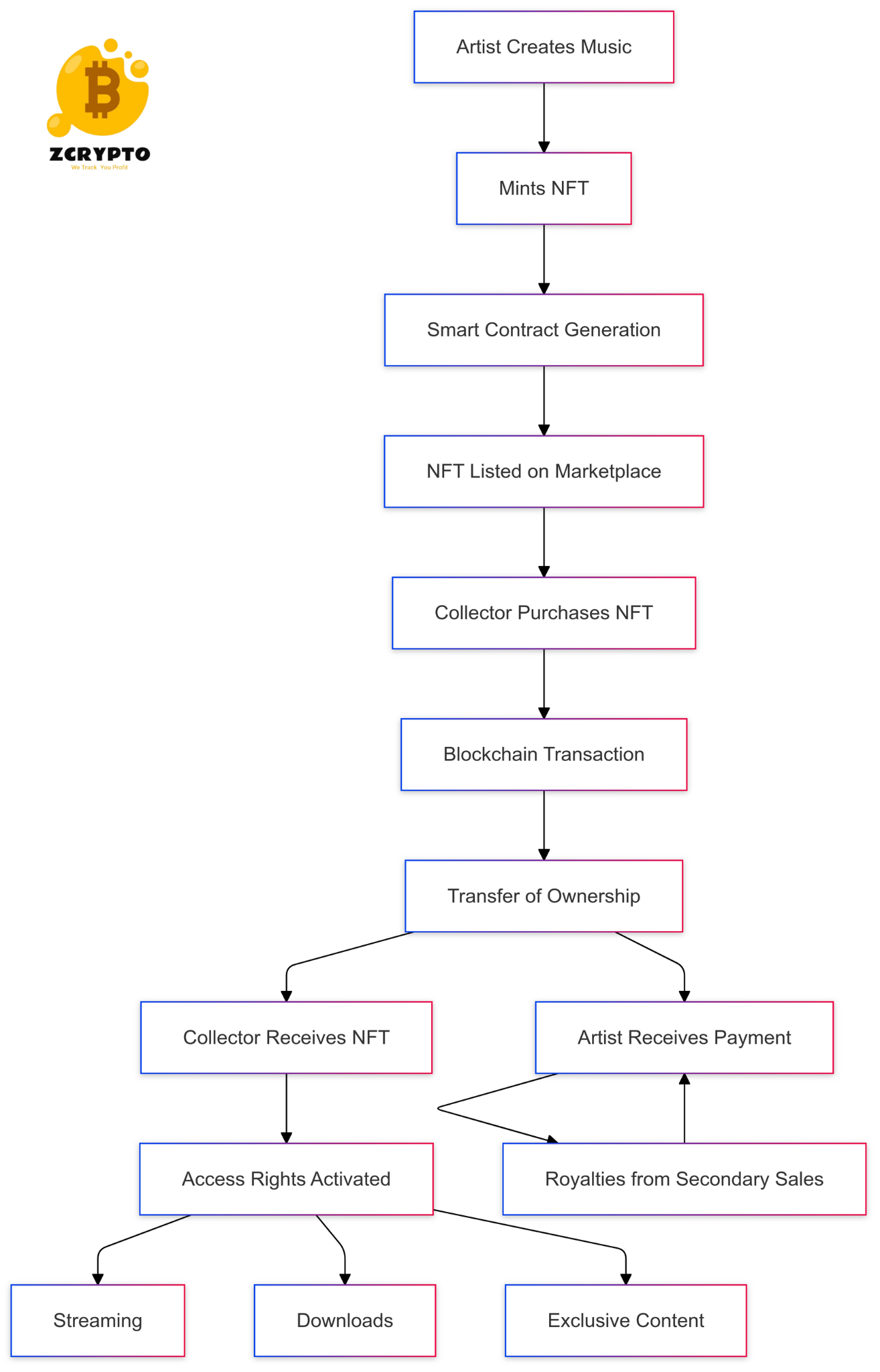What is the Equity Premium Puzzle?
The Equity Premium Puzzle refers to the observed disparity between the average returns on stocks and bonds over long periods. Historically, stock market returns have far exceeded those of Treasury Bills. For instance, from 1889 to 1978, the average annual return on stocks was around 6.98%, while Treasury Bills yielded only about 0.8%. This difference is known as the equity risk premium, which is essentially the extra return investors expect for taking on the higher risk associated with owning stocks.
The calculation of this premium involves subtracting the risk-free rate (typically represented by government bond yields) from the average stock market return. Despite its simplicity, this concept hides a complex web of factors that contribute to this puzzling disparity.
Stocks vs. Bonds: Risk and Return
When comparing stocks and bonds, it’s essential to understand their fundamental differences. Stocks represent ownership in companies, offering potential for high returns but also exposing investors to significant volatility and risk. On the other hand, bonds are debt instruments where investors act as creditors, receiving fixed interest payments and principal repayment at maturity. Bonds are generally considered safer due to their predictable income streams and lower default risk.
The volatility associated with stocks stems from various factors such as market fluctuations, economic conditions, and company performance. In contrast, government bonds are backed by the creditworthiness of sovereign nations, making them much less risky. This risk differential should theoretically align with expected returns; however, the EPP suggests that stocks outperform bonds beyond what would be expected based on their relative risks.
Theoretical Expectations vs. Actual Outcomes
The Consumption Capital Asset Pricing Model (CCAPM) is one theoretical framework used to predict equity returns. According to CCAPM, investors should demand a risk premium that reflects their consumption patterns and risk aversion. However, when applying this model, it predicts an equity risk premium of around 0.35% per year—far below the actual observed premiums of 5-8% per year.
This discrepancy highlights the core issue of the EPP: Why do actual stock market returns so significantly exceed theoretical expectations? Understanding this gap is crucial for developing accurate financial models and investment strategies.
Possible Explanations for the EPP
Several theories attempt to explain why stocks outperform bonds by such a large margin.
Cognitive Bias and Behavioral Finance
Cognitive biases play a significant role in investor decision-making. Biases like overconfidence and loss aversion can lead investors to overestimate their ability to predict market outcomes or fear losses more than they value gains. These biases can inflate stock prices beyond rational expectations.
Prospect Theory and Loss Aversion
Prospect Theory, developed by Daniel Kahneman and Amos Tversky, suggests that investors are more sensitive to losses than gains. This theory implies that investors demand higher risk premiums due to their aversion to potential losses, contributing to the observed equity premium.
Rare Events Hypothesis
The rare events hypothesis proposes that extreme economic events, though infrequent, significantly impact investor perceptions of risk. The possibility of rare but severe economic downturns drives up the required return on stocks, explaining part of the equity premium.
Liquidity and Market Imperfections
Studies on liquidity and market imperfections also offer insights into the EPP. For example, the noise trader model suggests that some investors make decisions based on noise rather than fundamental analysis, leading to price distortions. Additionally, firms may prefer issuing bonds over private claims due to liquidity advantages, further influencing bond yields relative to stock prices.
Historical Data and Self-Fulfilling Prophecies
The use of historical data in financial education can create self-fulfilling prophecies. If investors and professors consistently teach that stocks should outperform bonds based on past data, this expectation can become embedded in market behavior, leading to undervaluation of bonds and high ex-post risk premiums.
Implications and Future Perspectives
Understanding the EPP has significant implications for investment strategies and financial modeling. Investors need to consider these factors when diversifying their portfolios or making asset allocation decisions. For instance, recognizing cognitive biases can help investors avoid overconfidence or loss aversion-driven decisions.
Demographic changes could also influence future equity premiums. Population growth or decline can affect savings rates, consumption patterns, and overall demand for different asset classes. As populations age or grow younger, their investment preferences may shift, potentially altering the dynamics between stock and bond markets.




